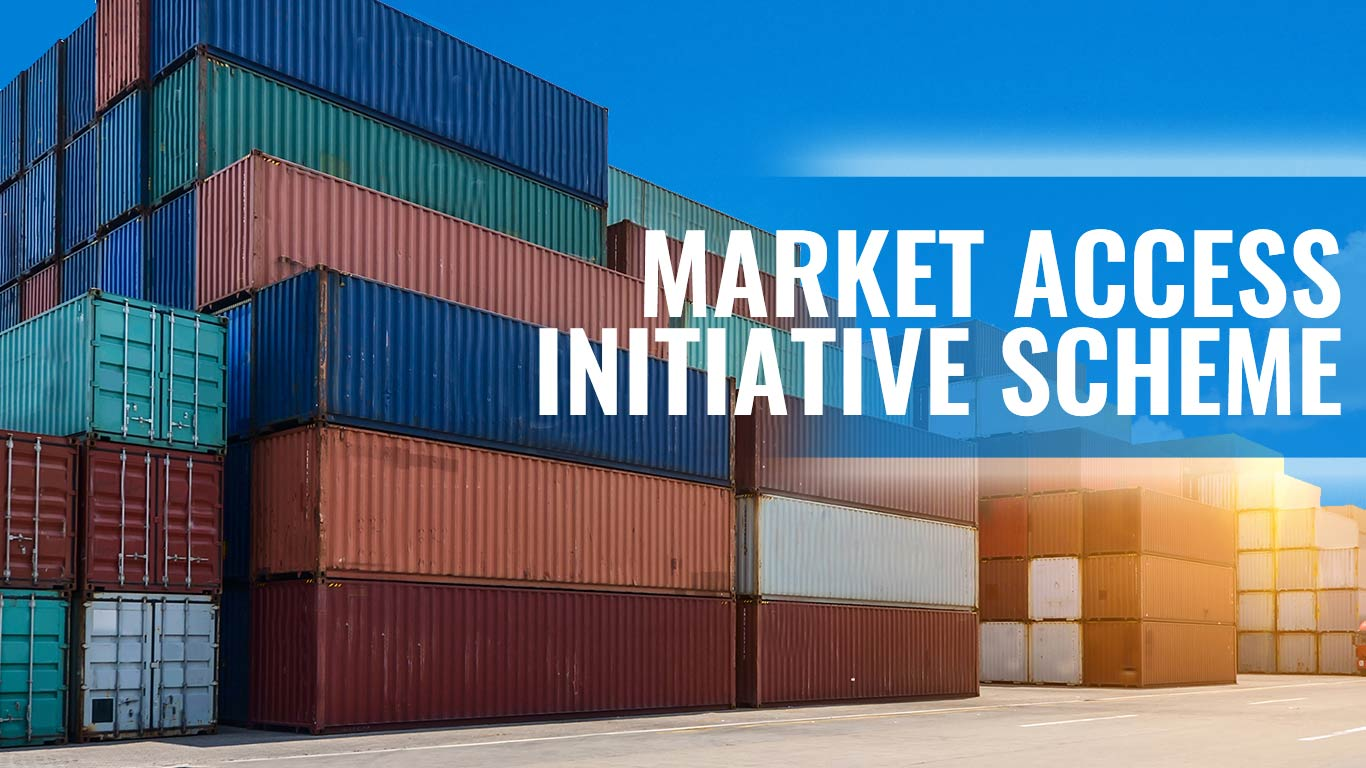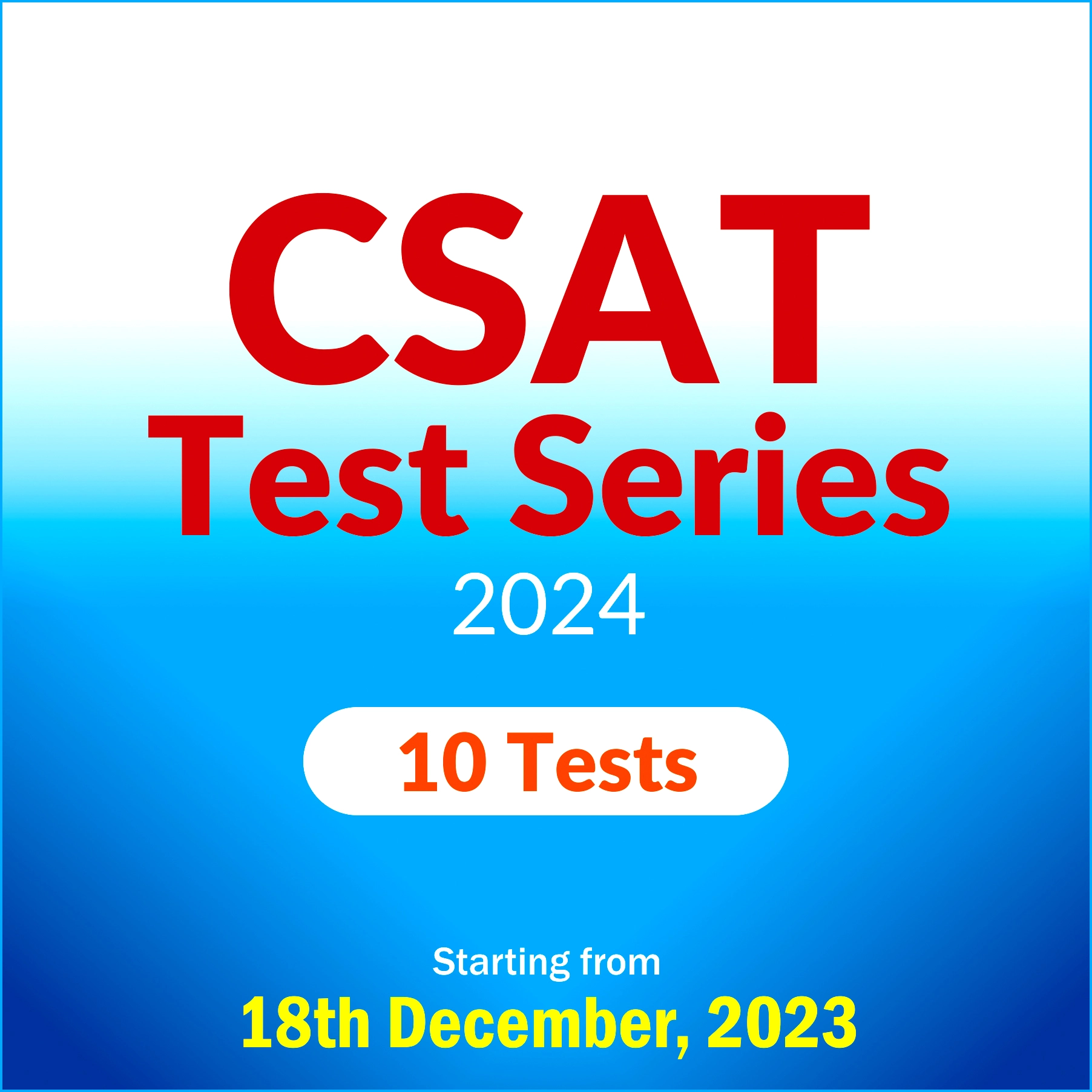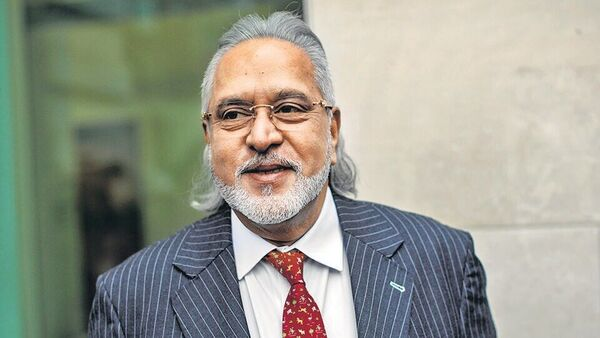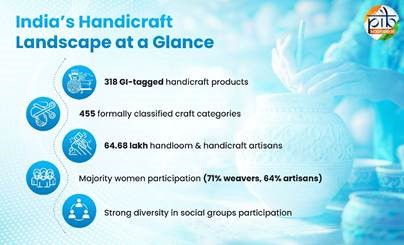Description

Copyright infringement not intended
Picture Courtesy: knnindia.co.in
Context: Exporters have urged the government to allocate funds worth $3.88 billion for the Market Access Initiative (MAI) Scheme scheme to promote Indian exports. They argue that the current allocation of less than Rs 2 billion is insufficient for promoting exports aiming to reach $2 trillion by 2030.
Details
- Exporters have requested a financial outlay of Rs 5,000 crore shared between the Centre and states for the District as an Export Hub (DEH) Scheme. The DEH scheme aims to address infrastructure gaps through central-state funding, particularly focusing on promoting exports from districts to boost state and national exports.
- Exporters have proposed extending the sunset date for commencing manufacturing from March 31, 2024, to March 31, 2027, for companies availing a 15% concessional income tax rate. This extension is aimed at providing companies with more time to take advantage of the concessional tax rate, thereby encouraging investment in the manufacturing sector and exports.
- Exporters have emphasized the need for the government to focus on developing an Indian Shipping Line of global repute. This initiative aims to provide Indian exporters with greater control over shipping logistics and reduce reliance on foreign shipping operators.
- The Apparel Export Promotion Council (AEPC) has urged the government to increase the interest equalization rates to 5% for all exporters under the Interest Equalization Scheme. This increase in interest equalization rates is intended to enhance the competitiveness of the apparel industry in the international market and facilitate access to necessary working capital.
Market Access Initiative (MAI) Scheme
- The Market Access Initiative (MAI) scheme is a comprehensive government program designed to boost the country's exports and drive economic growth.
Objectives
- Boost India's Exports: The primary goal is to significantly increase India's exports, with a targeted export value of $2 trillion by the year 2030.
- Focus on Specific Markets and Products: MAI adopts a strategic approach by concentrating efforts on specific products and target countries. This involves in-depth market research to identify high-potential products and markets.
- Empower Diverse Stakeholders: MAI extends support to a wide array of entities involved in export promotion, including Export Promotion Organizations (EPOs), trade bodies, research institutions, universities, individual exporters, and more.
- Prioritize Specific Groups: The scheme emphasizes supporting various groups, such as Micro, Small & Medium Enterprises (MSMEs), exporters from disadvantaged regions, women entrepreneurs, startups, and youth, ensuring inclusivity in export promotion.
Activities Supported
- Marketing Projects Abroad: This involves participation in international trade fairs, exhibitions, buyer-seller meets, and promotional campaigns in target markets to enhance visibility and market presence.
- Capacity Building: Training programs are conducted for exporters on various aspects, including market research, product development, compliance with international standards, and effective marketing strategies.
- Support for Statutory Compliances: Assistance is provided for obtaining certifications, meeting legal requirements, and navigating the complex landscape of international trade regulations.
- Market Research and Studies: An in-depth analysis of potential markets is conducted, identifying opportunities for Indian exporters and informing strategic decision-making.
- Project Development: MAI supports the development of export-oriented projects and initiatives, fostering innovation and market-oriented strategies.
- Developing Web Portals: The initiative involves creating online platforms to facilitate trade promotion, making it easier for exporters to connect with potential buyers.
- Supporting Cottage and Handicraft Units: Special assistance is provided to traditional sectors like Ayurveda, Yoga, Geographical Indication products, and tribal handicrafts, promoting cultural exports.

Eligibility
- Entities involved in export promotion activities are eligible for MAI funding. This includes EPOs, trade bodies, national-level institutions, research institutions, universities, laboratories, individual exporters registered with the DGFT, and self-employed individuals and organizations in export-oriented sectors.
Funding
- MAI provides partial financial support for approved activities, covering a percentage of the total expenses. The budget allocation for MAI has varied over the years, and there are ongoing discussions about the need for a substantial increase in funding to meet the diverse needs of stakeholders.
Benefits
- Financial Grants: Participating entities receive financial support, easing financial constraints and encouraging active participation in export promotion activities.
- Market Access and Exposure: MAI facilitates access to new markets, connecting exporters with potential buyers and enhancing their international presence.
- Capacity Building and Knowledge Sharing: Training programs and workshops equip exporters with the necessary skills and knowledge, enhancing their competitiveness in the global market.
- Enhanced Competitiveness: MAI encourages innovation, product development, and compliance with international standards, making Indian exports more competitive globally.
Challenges and Future Outlook
- Limited Budget: The current budget allocation may not be sufficient to meet the diverse needs of stakeholders, especially considering the ambitious export targets.
- Bureaucracy and Application Process: The application and approval process can be complex and time-consuming, potentially discouraging smaller entities from participating.
- Effective Monitoring and Evaluation: There's a need for robust mechanisms to track the impact of MAI projects and ensure efficient fund utilization.
- Adapting to the Evolving Global Trade Landscape: Flexibility is crucial for MAI to adapt to changing market dynamics and emerging trade agreements, ensuring its continued relevance.
Exporter Demands and Current Issues
- Budget Increase: Exporters are urging a significant increase in the budget allocation for MAI, with some proposing a minimum of 0.5% of the preceding year's exports.
- Effectiveness and Transparency: Concerns exist about the effectiveness and transparency in project selection and fund distribution, highlighting the need for clearer communication and accountability.
- Streamlining the Application Process: There's a call for streamlining the application process to make it more accessible and encourage wider participation.

Conclusion
- Despite challenges, the MAI scheme remains a crucial instrument for driving India's export growth. The ongoing efforts to address challenges, enhance transparency, and adapt to global changes demonstrate a commitment to ensuring the scheme's effectiveness. As MAI continues to evolve, it holds significant potential to contribute to India's ambitious export targets and economic prosperity.
|
PRACTICE QUESTION
Q. India faces internal pressures in areas like food security, resource allocation, and environmental protection. How can these concerns be balanced with the goals of boosting exports and achieving economic growth through international trade? How can policies be designed to address potential conflicts and ensure sustainable export practices?
|












